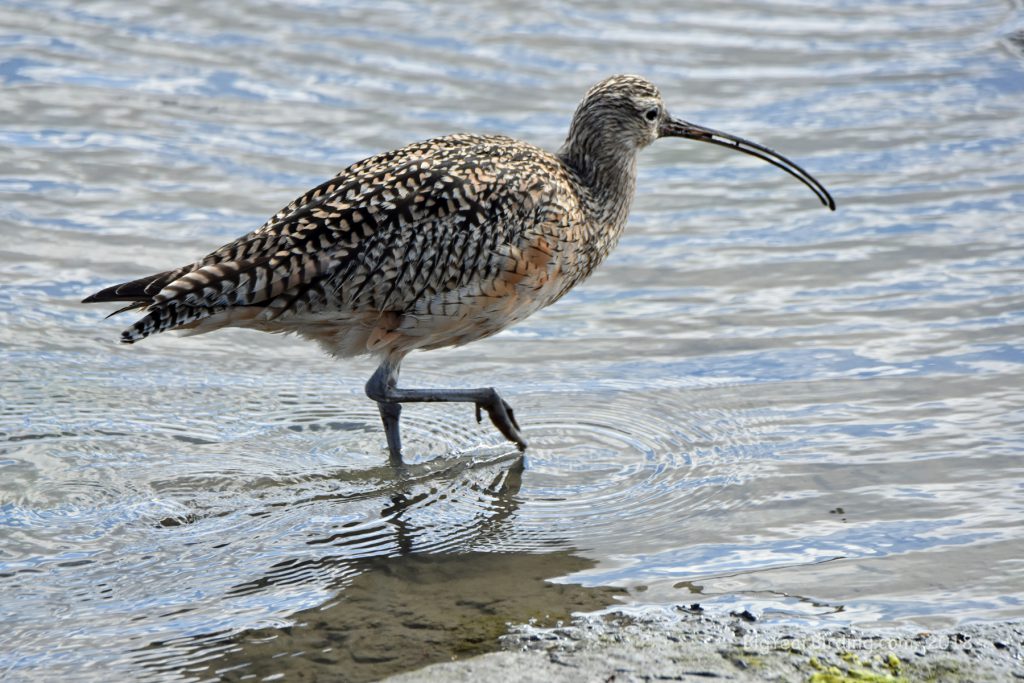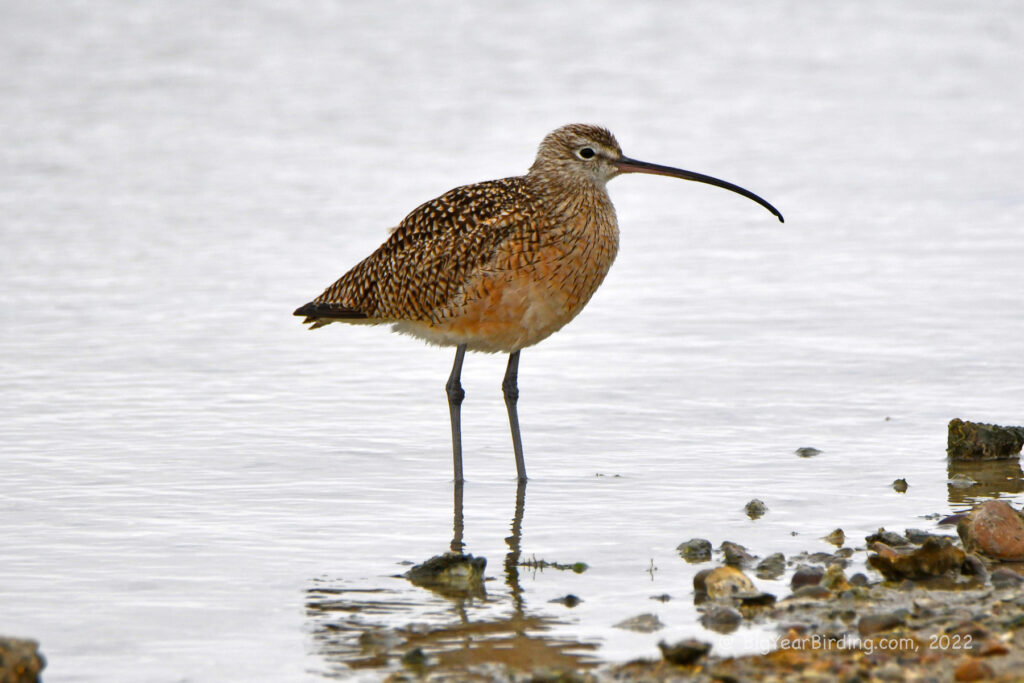
The long-billed curlew is a distinctive and charismatic shorebird found throughout much of North America. This species is easily recognized by its long, downcurved bill, which can measure up to 8.5 inches in length. Adult birds have a mottled brown plumage, with streaks of buff and white on their underparts, and a distinctive cinnamon-colored patch on their wings. They have a wingspan of approximately 36 inches and can weigh up to 28 ounces.
The long-billed curlew is a migratory species, spending its summers breeding in grasslands and prairies across the western United States and southern Canada. During the winter, they can be found in coastal habitats from California to Central America. Their migration route can cover up to 1,000 miles, and they are known to fly at altitudes of up to 20,000 feet.

This species is primarily a ground-nesting bird, preferring to lay their eggs in shallow scrapes in grasslands and prairies. They typically lay between 3-5 eggs per clutch, which they incubate for around 28 days. The young chicks are born precocial, meaning they are able to leave the nest and forage for food shortly after hatching.
Long-billed curlews are known for their distinctive calls, which are often described as a mournful, downward-spiraling whistle. During the breeding season, males can often be seen performing elaborate courtship displays, including aerial displays and territorial behavior.
Despite being a protected species, long-billed curlew populations have declined significantly in recent years due to habitat loss and degradation. Conservation efforts are underway to protect and restore grassland habitats and promote sustainable land use practices to ensure the long-term survival of this charismatic bird.
